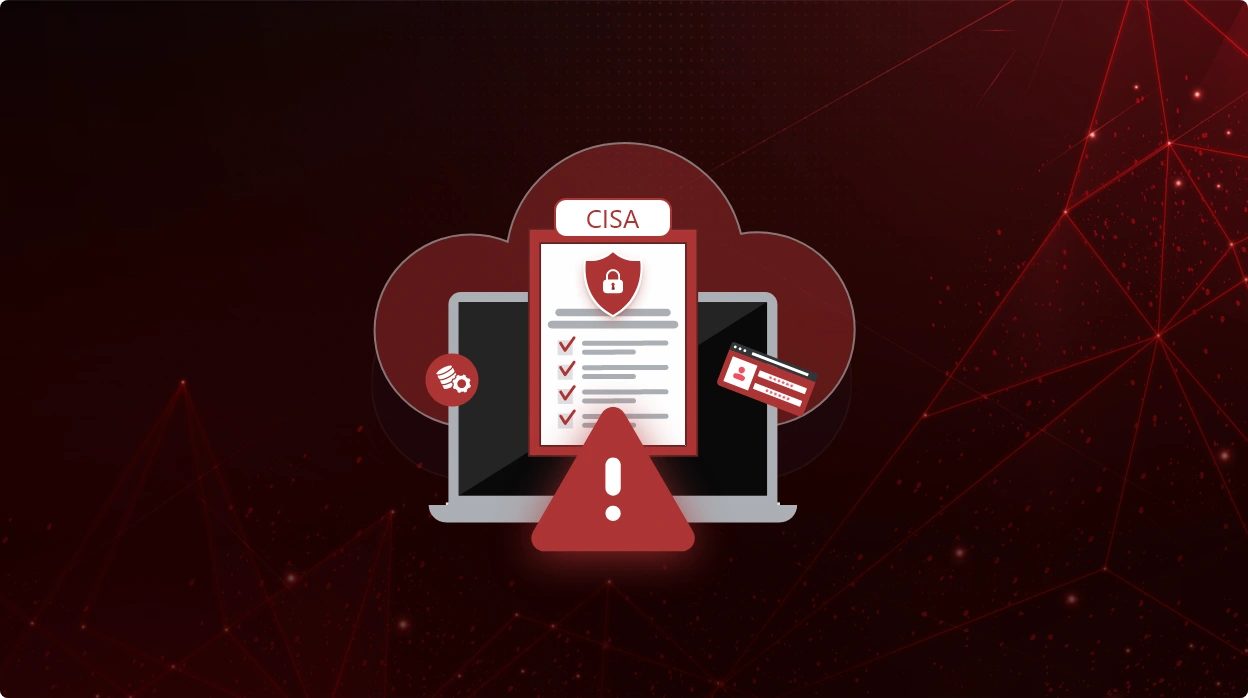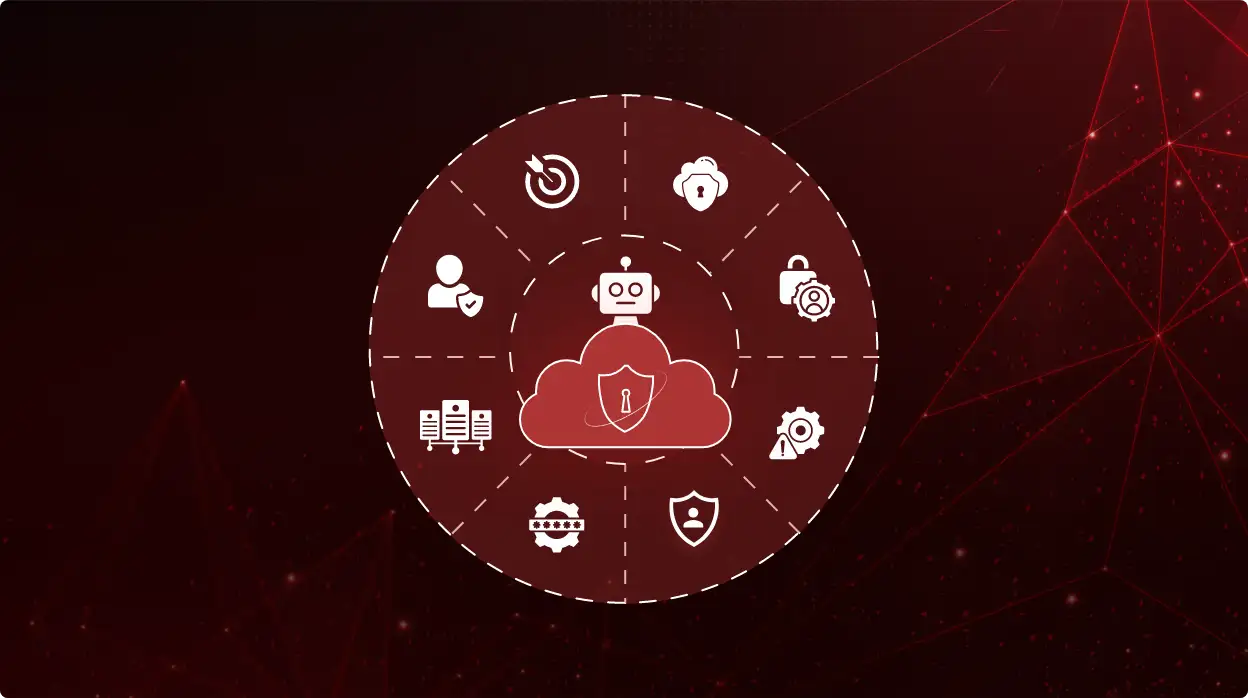
CheckRed Editorial
Security Breaches in Educational Institutions
Educational institutions and their operations are undergoing a number of advancements, especially in the age of virtual learning. As education becomes reliant on the cloud, the security of sensitive data is a huge concern. Since schools and colleges are using cloud and SaaS applications to store student records and confidential information, the importance of robust data security management has grown exponentially.

Security breaches in educational settings are unfortunately quite common and examining their nature, understanding historical instances, and implementing proactive measures is a must. By understanding the significance of safeguarding personal details and financial records, institutions can strengthen their defenses. Furthermore, with the new age comes the advantage of employing security posture management platforms. These tools offer a solution to empower educational institutions to ensure the privacy and integrity of their invaluable data.
What are the Characteristics of Security Breaches in Educational Institutions?
Security breaches in educational institutions entail unauthorized access to confidential information, posing a significant threat to the integrity of educational systems. These breaches compromise the security of data repositories, potentially leading to the exposure of sensitive information. Educational institutions often store a wealth of personal details, ranging from students’ names and addresses to financial records. This trove of data, while instrumental for administrative purposes, often becomes a target for malicious actors seeking to exploit vulnerabilities.
The nature of the information at risk goes beyond mere academic records. It encompasses personal and financial data, making it critical for schools to strengthen their defenses against potential risks. As institutions navigate the digital age, understanding the gravity of these risks is crucial for institutions to adopt proactive measures and safeguard the privacy and trust of students, staff, and stakeholders.
Why Do Security Breaches Happen?
Security breaches in educational institutions are often fueled by various motivations, with financial gain and malicious intent standing at the forefront. The lure of accessing valuable data for personal or monetary benefit drives external attackers and, in some cases, malicious insiders too.
Understanding the common causes behind these breaches is pivotal for instituting effective preventive measures. One prevalent cause is the issue of excessive permissions, where individuals may have more access than necessary, inadvertently creating vulnerabilities. Additionally, the lack of robust third-party app management poses a risk, as these applications may have exploitable weaknesses that compromise overall security.
Misconfigurations, another key factor, can lead to unintended access points for unauthorized users. Whether it’s poorly configured security settings or oversight in updating software, these missteps can expose educational institutions to potential breaches.
By learning more about the motivations and causes, educational institutions can enhance their security posture, mitigating the risks associated with security breaches. Adopting a proactive stance against these issues is crucial in maintaining the trust and confidentiality that students, staff, and stakeholders expect from their educational institutions.
In early 2021, the University of California faced a massive global breach. Malicious actors accessed a third-party file transfer appliance, affecting employees, retirees, donors, students, and applicants. The stolen data included personal document numbers and financial details, marking one of the largest breaches in recent years. This underscores the need for organizations to rigorously assess the cybersecurity capabilities of third-party partners, even when outsourcing essential processes like file transfers.
A similar incident occurred at the University of Kentucky, where a cybersecurity inspection uncovered a vulnerability. Over 355,000 email addresses were leaked globally, impacting a statewide resource program. Fortunately, no financial, health, or social security information was compromised. Despite previous expenditures exceeding $13 million on cybersecurity, the university pledged an additional $1.5 million to address vulnerabilities.
How Can You Prevent Security Breaches?
To help educational institutions defend against security breaches, implementing proactive measures is important. Establishing robust alert systems for potential breaches is crucial. Early detection can make a significant difference in mitigating the impact of an attack. Instituting proper alert mechanisms ensures that any suspicious activities are promptly identified and addressed. There is an equally important need for swift action in the event of a breach. Timely and proactive response involves updating passwords, limiting potential damage, and securing compromised accounts. A well-defined incident response plan that outlines the steps to be taken in case of a security breach is a must.
Maintaining a vigilant approach is integral to minimizing potential risks. Regularly monitoring and tracking configurations and security systems contribute to a proactive security stance. This involves keeping a meticulous record of where sensitive information is stored, who has access, and promptly revoking unnecessary privileges.
In essence, prevention hinges on a combination of education, technological safeguards like VPNs, efficient alert systems, and a rapid response plan. By instilling a culture of security awareness and adopting these measures, educational institutions can significantly reduce the risk of security breaches and fortify their data defenses.
CheckRed: Complete Cloud Security
CheckRed is a cutting-edge SaaS and Cloud Security Posture Management (SSPM & CSPM) platform, specifically designed to help strengthen the digital security of educational institutions against evolving cyber risks. It plays a pivotal role in monitoring and controlling access to privileged system accounts, ensuring that only authorized personnel have the requisite access.
How CheckRed Enhances Security
Strengthening Identity & Access Management (IAM): CheckRed significantly strengthens identity management through multi-factor authentication, adding an extra layer of security to user access.
Risk detection and guided remediation: CheckRed’s advanced capabilities include risk detection and generating remediation workflows. It automatically identifies potential risks, prioritizes them in order to prevent alert fatigue, and guides you through the necessary remediation process.
Aligning access rights: CheckRed excels in aligning access rights with roles and responsibilities, minimizing the risk of elevated privileges that could be exploited by malicious actors. Emphasizing the significance of least privilege management practices, it ensures that individuals only have the access they need for their specific roles.
Today’s educational institutions must prioritize proactive security measures. CheckRed can be a crucial ally in this endeavor, offering a comprehensive solution to monitor, control, and manage security posture effectively.
See CheckRed in Action
Dive into the future with our interactive demo
and explore the possibilities.
Related Posts




